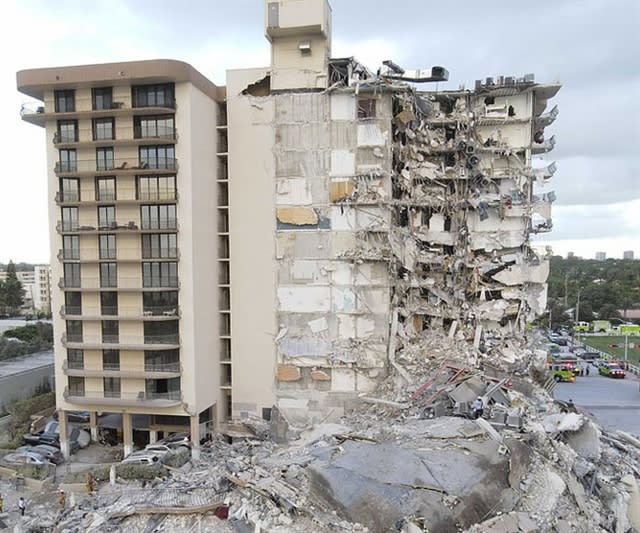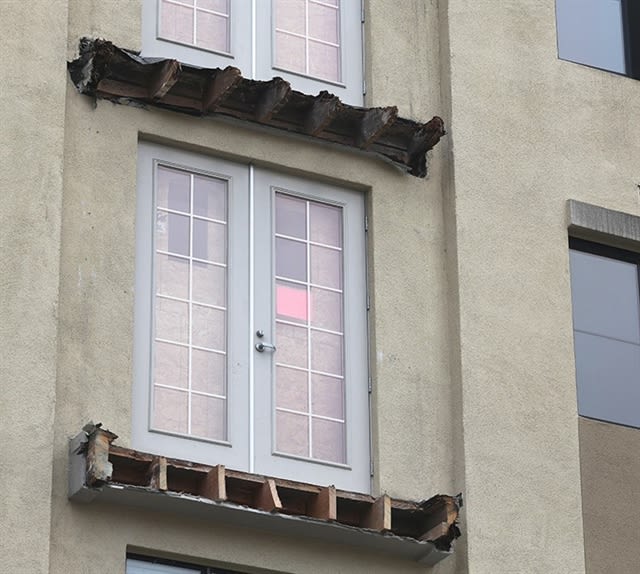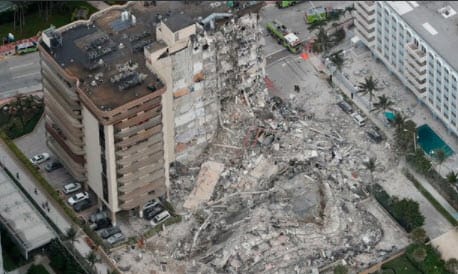jejaram
Electrical
- Feb 9, 2011
- 45
Hi
I couldn't find a forum dedicated to gas, so i thought this would be the right one to post my question but if it isn't I apologize in advance.
I'm a loss control engineer working for the insurance industry where the NFPA codes are the most common, but for this specific question I think something else like API RP 2201 would be more suitable.
NFPA 67 says that to prevent detonation in a gas system, oxygen (that might have come into the pipeline due to some rupture of it) should be displaced with an inert gas. It also says that sometimes it is not economically feasable to do so. What should be the procedure then when there is need of repairing a gas pipeline with control valves every 25 km (15.6 mi), that has suffered some damage that requires cutting and welding new pipes?
Thanks.
I couldn't find a forum dedicated to gas, so i thought this would be the right one to post my question but if it isn't I apologize in advance.
I'm a loss control engineer working for the insurance industry where the NFPA codes are the most common, but for this specific question I think something else like API RP 2201 would be more suitable.
NFPA 67 says that to prevent detonation in a gas system, oxygen (that might have come into the pipeline due to some rupture of it) should be displaced with an inert gas. It also says that sometimes it is not economically feasable to do so. What should be the procedure then when there is need of repairing a gas pipeline with control valves every 25 km (15.6 mi), that has suffered some damage that requires cutting and welding new pipes?
Thanks.




